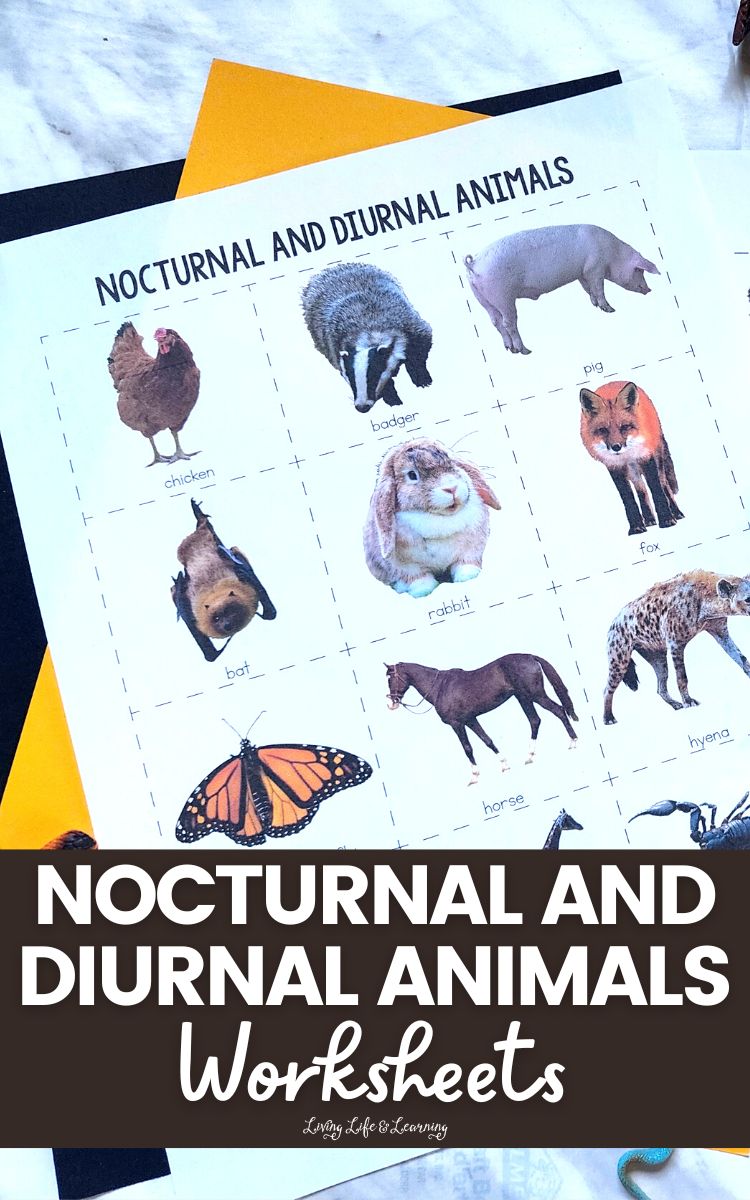The Ethical Night Hunter: Responsible Practices For Observing Nocturnal Animals

Table of Contents
Planning Your Nocturnal Expedition: Minimizing Disturbance
Responsible night wildlife viewing begins with meticulous planning. Minimizing your impact on the nocturnal environment is crucial for ethical ethical wildlife watching and ensuring the animals remain undisturbed. This involves careful preparation in several key areas:
Research Your Location:
Before embarking on your responsible night observation, thorough research is paramount.
- Identify nocturnal hotspots: Research areas known for high concentrations of the nocturnal animals you wish to observe. Online forums, wildlife guides, and local nature centers can be invaluable resources.
- Check for regulations: Many areas have specific regulations regarding night-time access and wildlife viewing. Obtain any necessary permits or licenses before you go.
- Understand animal behavior: Learn about the specific animals you hope to see. Understanding their habits, feeding times, and preferred habitats will significantly increase your chances of successful and ethical observation. For example, researching the best time to spot owls in a specific forest might reveal that their hunting activity peaks just after sunset.
Choosing the Right Gear:
The right equipment is essential for both successful and responsible nocturnal animal observation.
- Red-light headlamps: Invest in a high-quality headlamp with a red light setting. Red light preserves your night vision far better than white light and is less disruptive to nocturnal animals.
- Optics: Binoculars or a spotting scope are invaluable tools for observing animals from a safe distance. Avoid using a camera with a flash unless absolutely necessary.
- Appropriate clothing: Dress in layers suitable for the weather conditions and terrain. Consider waterproof and windproof outerwear, comfortable hiking boots, and insect repellent.
- Essential supplies: Always carry a well-stocked first-aid kit, water, and snacks.
Traveling Responsibly:
Your actions during travel significantly impact the environment and the animals within it.
- Stay on trails: Stick to designated trails to minimize habitat disruption and prevent accidental injury to wildlife or yourself.
- Respect parking areas: Park your vehicle only in designated areas to avoid obstructing access for others or creating hazards for wildlife.
- Minimize noise: Travel quietly and avoid loud conversations or sudden movements that could startle animals.
- Avoid bright lights: Minimize the use of bright lights, as they can disorient and stress nocturnal animals. A red light is always preferable.
Observing Nocturnal Animals Ethically: Respecting Their Space
Ethical wildlife photography ethics and responsible wildlife viewing demand a deep respect for the animals' space and well-being. Always prioritize their needs over your desire for a close encounter.
Maintaining a Safe Distance:
- Observe from afar: Use binoculars or a spotting scope to observe animals from a safe distance. Never approach an animal, even if it seems unafraid.
- Respect personal space: Maintain a respectful distance, allowing animals to behave naturally without feeling threatened. Remember that even seemingly tame animals can react unpredictably.
- Avoid sudden movements: Sudden movements or loud noises can frighten animals and disrupt their natural behavior. Maintain a calm and steady demeanor.
Avoiding Flash Photography & Bright Lights:
- No flash photography: Flash photography can severely disrupt nocturnal animals' vision, behavior, and natural rhythms. Avoid it at all costs.
- Red light filter: If you must use photography, use a red light filter on your camera or headlamp to minimize light pollution.
- Gentle illumination: If you need light, direct it away from animals and use the lowest possible intensity. A red light is significantly less disruptive. Consider using a long lens to capture images from a distance.
Leaving No Trace:
- Pack it in, pack it out: Remove all trash and leave the environment exactly as you found it. Proper waste disposal is crucial for environmental protection.
- Avoid disturbing habitats: Refrain from touching or disturbing nests, burrows, or other animal habitats.
- Minimize your footprint: Avoid trampling vegetation or damaging the environment in any way.
Safety Precautions for Nighttime Observation
Nocturnal wildlife safety tips are crucial for responsible night hiking safety. The risks associated with nocturnal observation are amplified by reduced visibility and potential encounters with wildlife.
Going with a Partner:
Never go alone, especially in unfamiliar areas. Having a partner enhances safety and allows for mutual support.
Let Someone Know Your Plans:
Inform a friend or family member of your location, planned route, and expected return time. This provides a safety net in case of an emergency.
Be Aware of Your Surroundings:
Pay close attention to potential hazards, including uneven terrain, wildlife, and other potential dangers. Use a headlamp judiciously.
Carry Appropriate Safety Gear:
Always carry a first-aid kit, whistle, bear spray (if necessary in your region), a fully charged cell phone, and any other relevant safety equipment.
Conclusion
Witnessing the beauty of nocturnal animals is a privilege, not a right. By practicing ethical nocturnal animal observation, we ensure the continued health of these fascinating creatures and their habitats. Remember to plan carefully, respect their space, and prioritize safety. Let's all strive to be responsible "night hunters," ensuring these nocturnal wonders thrive for generations to come. Start planning your ethical nocturnal wildlife viewing adventure today!

Featured Posts
-
 Analyzing The Ufc 315 Main Card A Look At Muhammad Vs Della Maddalena
May 11, 2025
Analyzing The Ufc 315 Main Card A Look At Muhammad Vs Della Maddalena
May 11, 2025 -
 Eric Antoine Une Ancienne Miss Meteo Fait Sensation A La Premiere De Son Spectacle
May 11, 2025
Eric Antoine Une Ancienne Miss Meteo Fait Sensation A La Premiere De Son Spectacle
May 11, 2025 -
 High Stock Valuations And Investor Worry Bof As Analysis
May 11, 2025
High Stock Valuations And Investor Worry Bof As Analysis
May 11, 2025 -
 New Indy Car Documentary Coming May 18th On Fox
May 11, 2025
New Indy Car Documentary Coming May 18th On Fox
May 11, 2025 -
 Major League Baseball Suspends Jurickson Profar For 80 Games
May 11, 2025
Major League Baseball Suspends Jurickson Profar For 80 Games
May 11, 2025
